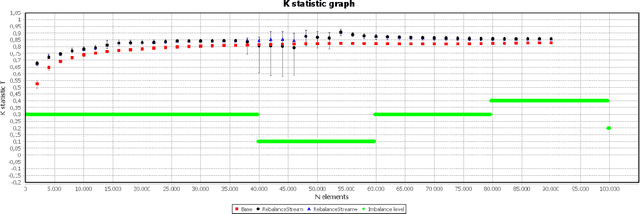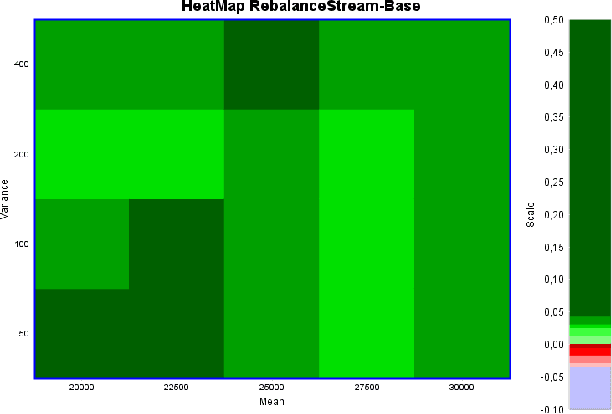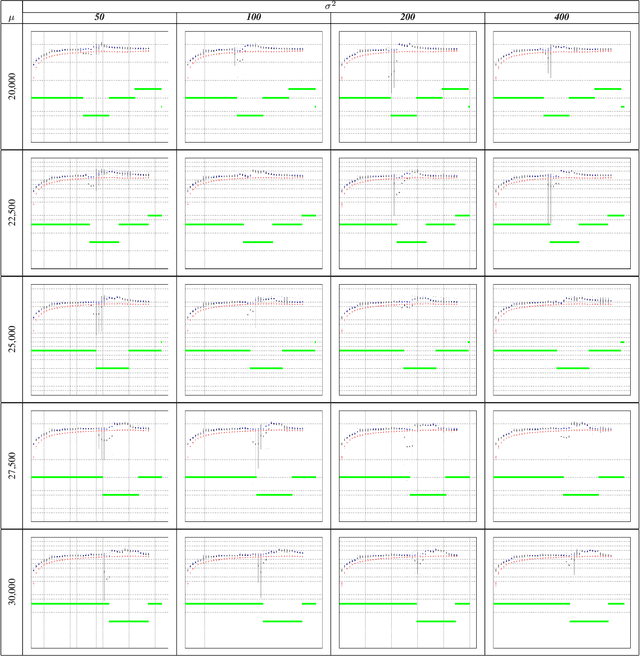Emanuele Della Valle
Integrating Large Language Models and Knowledge Graphs for Extraction and Validation of Textual Test Data
Aug 03, 2024Abstract:Aerospace manufacturing companies, such as Thales Alenia Space, design, develop, integrate, verify, and validate products characterized by high complexity and low volume. They carefully document all phases for each product but analyses across products are challenging due to the heterogeneity and unstructured nature of the data in documents. In this paper, we propose a hybrid methodology that leverages Knowledge Graphs (KGs) in conjunction with Large Language Models (LLMs) to extract and validate data contained in these documents. We consider a case study focused on test data related to electronic boards for satellites. To do so, we extend the Semantic Sensor Network ontology. We store the metadata of the reports in a KG, while the actual test results are stored in parquet accessible via a Virtual Knowledge Graph. The validation process is managed using an LLM-based approach. We also conduct a benchmarking study to evaluate the performance of state-of-the-art LLMs in executing this task. Finally, we analyze the costs and benefits of automating preexisting processes of manual data extraction and validation for subsequent cross-report analyses.
Rebalancing Learning on Evolving Data Streams
Nov 17, 2019


Abstract:Nowadays, every device connected to the Internet generates an ever-growing stream of data (formally, unbounded). Machine Learning on unbounded data streams is a grand challenge due to its resource constraints. In fact, standard machine learning techniques are not able to deal with data whose statistics is subject to gradual or sudden changes without any warning. Massive Online Analysis (MOA) is the collective name, as well as a software library, for new learners that are able to manage data streams. In this paper, we present a research study on streaming rebalancing. Indeed, data streams can be imbalanced as static data, but there is not a method to rebalance them incrementally, one element at a time. For this reason we propose a new streaming approach able to rebalance data streams online. Our new methodology is evaluated against some synthetically generated datasets using prequential evaluation in order to demonstrate that it outperforms the existing approaches.
 Add to Chrome
Add to Chrome Add to Firefox
Add to Firefox Add to Edge
Add to Edge